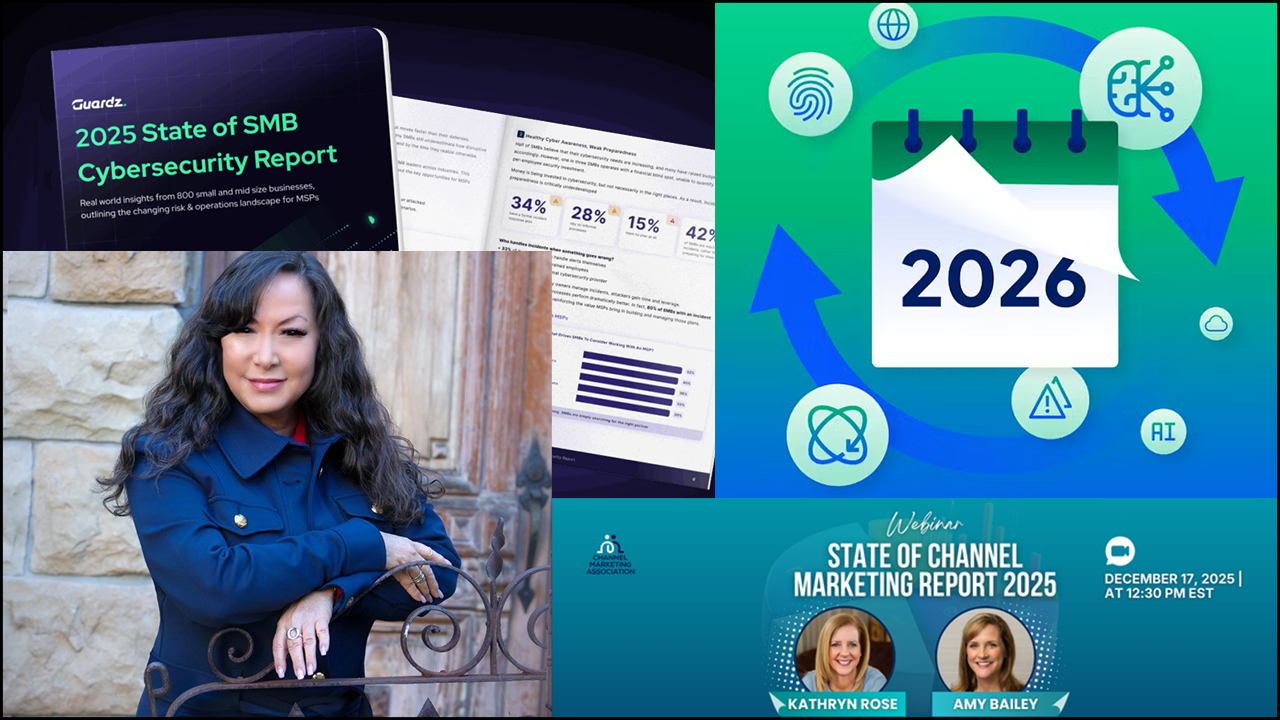The market for PSA software is filled with well-known products from name-brand vendors. That hasn’t kept two of the newest competitors in that space, Harmony Business Systems and ServiceTree, from biding their time about joining the fray.
“We’re trying to be very careful and methodical about our approach, and slowly and steadily ramp up the presence,” says Felix Ekman, U.K.-based Harmony’s head of marketing and channel sales, in comments that apply to Australia-based ServiceTree as well.
Both companies spoke with ChannelPro at the 2019 ChannelCon event, which was hosted by industry association CompTIA last week in Las Vegas.
Harmony PSA, Harmony’s one and only offering, has been available for about two years. Ekman won’t disclose how many partners the company has at present except to say that they span the globe, that a majority of them are in North America, and that they’re not huge in number.
“We’re aware that we’re a single-digit market share right now. We are aiming to be double digits in the next couple of years,’ Ekman says. “We’re looking to expand a lot.”
But only once its onboarding and support processes have the scalability required to maintain close contact with many MSPs at once. That kind of hands-on approach to partner relationships has been a hallmark of Harmony’s competitive strategy since the beginning.
“We want to keep a certain level of engagement,” Ekman says. “That’s been vitally important for us.”
When the time to go big arrives, Harmony will rely on the financial reporting data it provides to set itself apart from better-known products from companies like ConnectWise, Datto‘s Autotask unit, Kaseya, and SolarWinds MSP. According to Ekman, those other systems are rooted in ticket or project management. Harmony, by contrast, has contract management at its core, and can provide deeper data on revenue, costs, and profitability as a result.
“You have real, real insight into your business,” Ekman says, adding that the solution lets users act on that information as well. “You can basically trigger any action you want from the system.”
Harmony PSA integrates with RMM tools from SolarWinds MSP, NinjaRMM, and Continuum at present. “We have a couple more in the pipeline that we’re thinking about,” Ekman says. The solution exchanges data with a wide array of other products as well, including BDR software from MSP360 (formerly CloudBerry), Microsoft Outlook, Microsoft SharePoint, Slack, QuickBooks, and HubSpot. According to Ekman, Harmony has no ambition in the short or long term to compete with any of those companies.
“We’re pure play PSA, and we don’t want to go into the other spaces,” he says, describing a future in which Harmony PSA is a “connector” tying together all of the systems an MSP uses. “The best way we can do that is to open up to everyone, have our open APIs, and do our integrations, because as the market shifts we can shift with it.”
That strategy runs counter to the prevailing trend in managed services software—driven by ConnectWise, Kaseya, SolarWinds MSP, and others—towards expansive application suites. Harmony is well aware of that fact.
“It’s a mark of pride that we are a standalone,” Ekman says.
ServiceTree, by contrast, aims to provide more than just PSA functionality. Indeed, its platform already included RMM and CRM modules when it officially shipped in February, and has gained a project management capabilities as well since then.
Other recent additions to the product in a busy six month stretch include payments functionality, a self-serve ticketing app for end users, and a quoting component that lets channel pros view and order products from Ingram Micro, Tech Data, and SYNNEX from directly inside the system. Calendar integration with Office 365 and Google G Suite, built-in integration with network management software from Auvik, and a mobile app for technicians are all on the roadmap for the future.
Like Harmony, ServiceTree is deliberately cultivating deep relationships with a small number of partners at present rather than target the entire MSP market. “We want to ensure we’ve got our onboarding crystalized,” says CEO Paul Azad. The company, which uses endpoints under management rather than partners to measure adoption, plans to have agent software installed on 10,000 devices globally within its first 12 months of availability.
According to Azad, ServiceTree’s primary differentiator is its artificial intelligence-based functionality, which tracks time, enforces operational best practices, and routes tickets to the most qualified person automatically. All of that is designed to help MSPs maximize the efficiency of their business by maximizing the efficiency of their technicians.
“Our biggest asset is our people and our biggest liability is our people,” Azad says, noting that a typical utilization rate for a typical technician at a typical managed service provider is about 75%. “When you’re buying 40 hours of labor per staff member and your utilization’s only 75%, it means that you’ve just thrown away ten hours a week,” Azad says. At an average labor rate of $30 an hour, he continues, that adds up to $300 a week or $15,600 a year.
ServiceTree guarantees that its software will improve utilization enough to save $10,000 per technician a year within the first six months. It gives the subscription-priced software away free for the next six months if it fails to meet that promise.
ServiceTree was on ChannelPro‘s “Vendors on the Vanguard” list for 2019. Harmony made that same list, which recognizes emerging and underappreciated companies, the year before.













